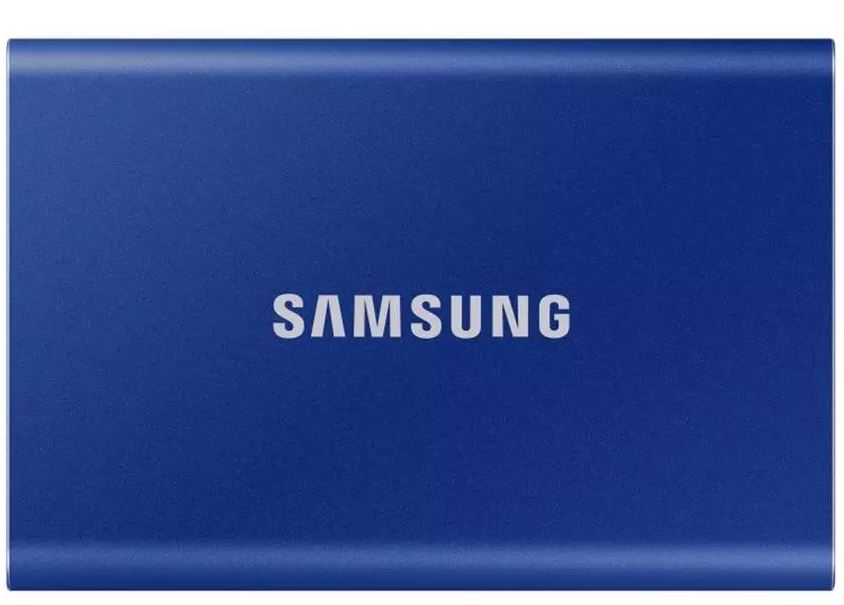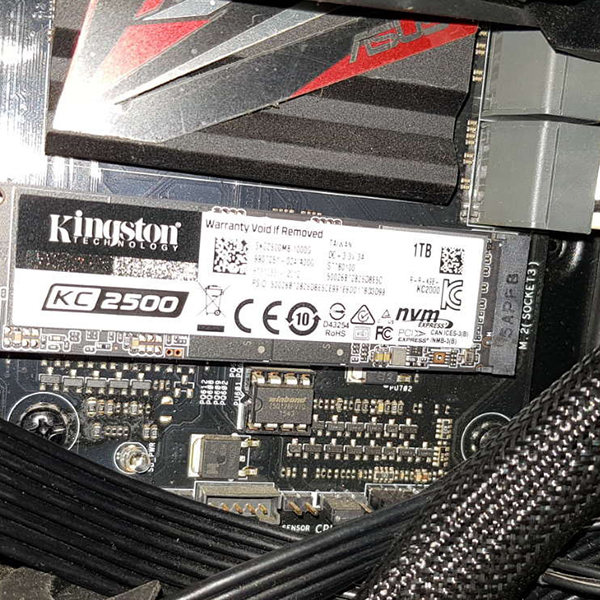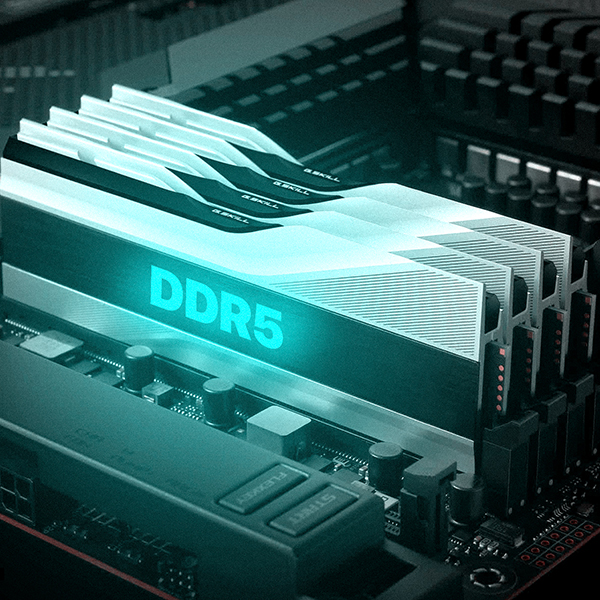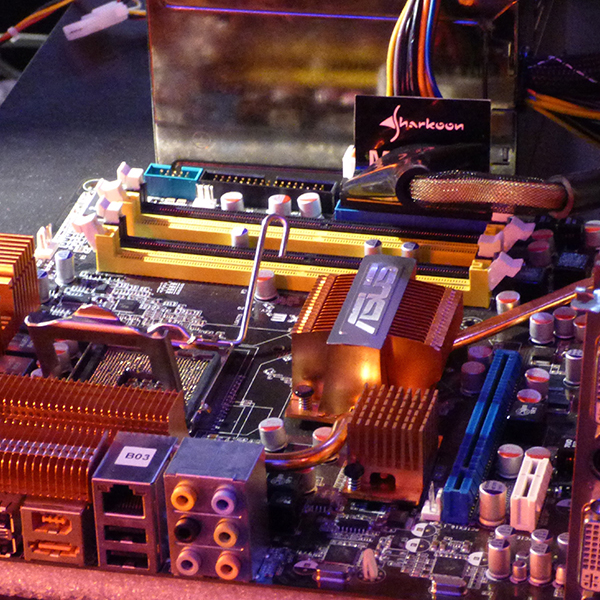Best External SSDs and Hard Drives of 2022
Any run-of-the-mill portable hard drive, SSD or even a flash drive will let store, carry and back up your files. But getting the best external hard drive or best external SSD for your specific needs is an important shopping decision. A portable hard drive or SSD is a do-it-all storage device, a travel-friendly digital wallet that can carry huge files (or lots of small ones) between PCs, Macs and phones. It can back up your irreplaceable data, offload photos and video from your DSLR or drone while in the field, and more.
But with dozens of portable storage options available, how do you know which is the right external drive to buy? Should you opt for a speedier, more rugged (and more expensive) external SSD instead of a portable hard drive made up of comparatively fragile spinning platters and an actuator arm? Or could a slower, roomier and much cheaper portable hard drive OK for your storage needs?
To help you pick the best portable external drive for your needs, we test and review dozens of drives as they become available and publish our list of specific recommendations for the best portable SSDs and hard drives on this page.
Before we get to the picks, there are a few important things to think about, whether you need a drive for work, school or home use. Consider how rugged your drive needs to be, how much capacity you need, and what connections will be available in places where you'll want to plug in your drive. An extremely fast drive at home won't be useful if you can't plug it in at work or school. And you may not want to pay for extra speed if the ports where you use the drive most are old and slow.
If you're curious about the kinds of speed and features that will be available with cutting-edge and future external drives, check out Everything We Know About USB 4.0, as well as the emerging (and confusing) USB 4 2.0 (80 Gbps) standard.
If you're after something new and exciting in the world of external SSDs, WD recently announced its SanDisk Pro-G40, a ruggedized drove promising sequential performance of 2700MB/s reads and 1900MB/s writes, and a Thunderbolt 3 (40 Gb/s)/ USB 3.2 Gen 2 (10 Gb/s) interface. Obviously, you'll need to be connected to a Thunderbolt port for the best possible performance. We're excited to get this drive in for testing to see how it performs.
And if you want something pocketable and extremely roomy, we recently reviewed Crucial's 4TB Crucial X6. It's an interesting drive that's appealing for its capacity and price, but it didn't make our Best list largely due to lackluster performance.
Picking the Best External Drive or SSD for You
When shopping for an external drive or SSD, consider the following:
Portable Hard Drive or SSD? Drives that have spinning storage platters inside are very affordable, with 1TB models often selling for under $50 (£40). But they’re also much slower and more fragile than solid-state drives. If you don’t need terabytes of storage and you often travel with your drive, a portable SSD is worth paying extra for. A portable SSD will also be much faster at reading and writing lots of data. But if you need cavernous amounts of external storage, a hard drive is a better option for most, as multi-terabyte external SSDs sell for several hundred dollars, but 4TB portable hard drives can sell for under $100 (£90).
Don’t Use a Portable Hard Drive as Your Only Backup. Portable hard drives are made up of spinning glass or metal platters, making them a poor choice as a primary backup of your data--especially if you carry them around. Portable SSDs are better here, but you should still keep your irreplacable data backed up on a desktop drive and / or on a cloud service. Because hardware failure is always possible, and portable drives are often small enough to lose or leave behind by accident.
You Can Save Money By Making Your Own Portable SSD. If you're even a little tech savvy, you can pick up an external SSD enclosure and use an old M.2 drive you might have around from a laptop or desktop upgrade, or buy one that you see on sale. We've detailed how to build your external SSD here. Also note that a recent Silverstone Raven SSD enclosure works with both SATA and NVMe drives. So if you opt for that model, you'll have far more drive options, and you could upgrade later to a speedier drive.








